

Your communications technology must keep essential workers safe and connected, even in a global pandemic.
Workplaces and workflows have changed dramatically. Every day, essential workers worldwide are risking COVID‑19 infection to ensure emergency services are available, waste is collected, public transport still operates, and critical businesses and organizations remain open.
Now more than ever, the ability to use safe, secure communications equipment is critical. Fortunately, telecommunications innovators like Motorola Solutions have adapted quickly, offering essential worker technology that enables continued, safe operations in a variety of settings, including:
According to the U.S. Cybersecurity & Infrastructure Security Agency, essential workers are those who deploy a broad range of services and operations that are critical to daily life and local, regional, and national infrastructure. From doctors and nurses to farmers and manufacturers, essential workers are the web of staff and industries that keep society moving forward even during a crisis.
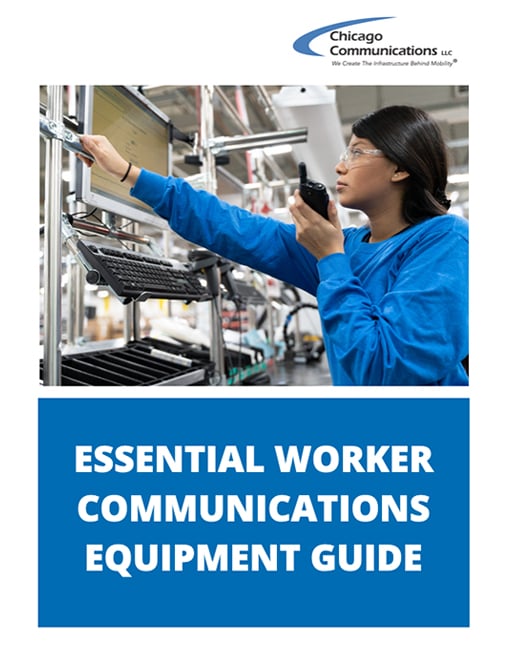
Whether your staff can work remotely or must wear masks and social distance, there are essential worker technology solutions to help them get the job done safely and efficiently.
In particular, communications technology can help your business or organization comply with the following measures:
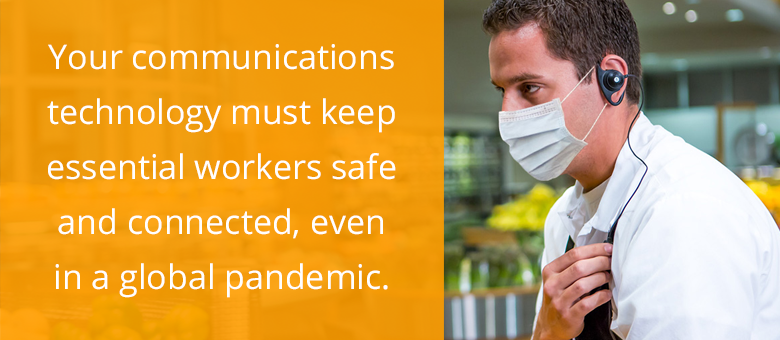
During a health crisis, a change in the public’s behavior when interacting with workers can increase the level of risk to those on the frontline. With reports of interference, aggression, and even violence against essential workers increasing, and the all‑too‑real risk of contamination through human contact ever‑present, employers have a duty of care for their employees, ensuring the safety of those critical workers who are keeping communities functioning.
Here are some of the most commonly used types of essential worker technology and communications equipment, based on your industry.
The Centers for Disease Control and Prevention (CDC) acknowledges that government essential workers’ compliance with safety guidelines is critical to community infrastructure. It follows up with five recommended safety practices for these essential workers during the COVID‑19 pandemic:
These safety precautions take additional time and energy from the essential tasks of these government workers. Fortunately, there are technology solutions to streamline safety and efficiency.
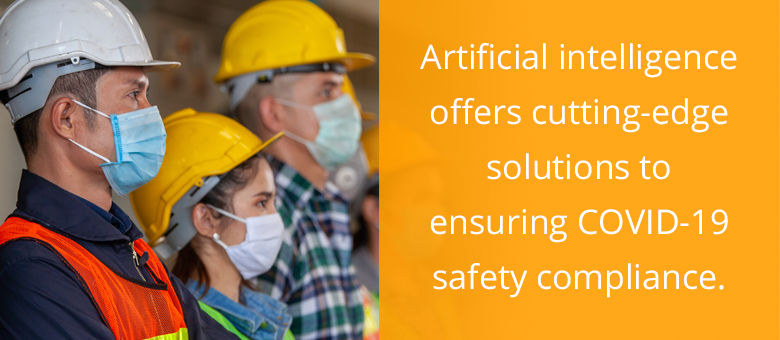
In manufacturing, communication is both a lifeline that ensures safety and a tool for greater efficiency and productivity. Manufacturing operations have unique needs when it comes to safety and security. They often handle hazardous materials and heavy machinery. The mandate to social distance during the COVID‑19 pandemic has further highlighted the need for safe, effective communication for your workers on the line.
According to Motorola’s 2019 Manufacturing Communications Report, 81% of manufacturing workers use more than one device to communicate on the job, and 91% say it would be valuable if they could communicate using any device.
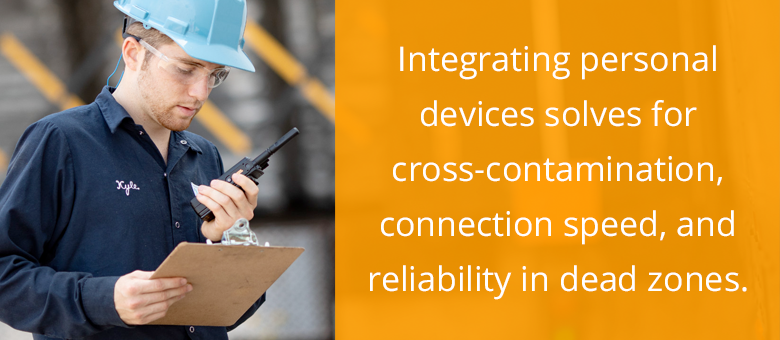
Schools are meant to be places for teaching and learning, places where the next generation can grow and evolve into tomorrow's leaders. But these lofty goals are only achievable when there’s a strong foundation of safety and security.
Now more than ever, teachers and administrators are stretched thin. These essential workers are challenged with quickly evolving safety procedures, remote learning, and extra cleaning measures.
Fortunately, there are ways to create an integrated and seamless communications infrastructure to enhance school safety, support district‑wide communications for daily operations, and enable more productive learning — even when accomplished remotely.
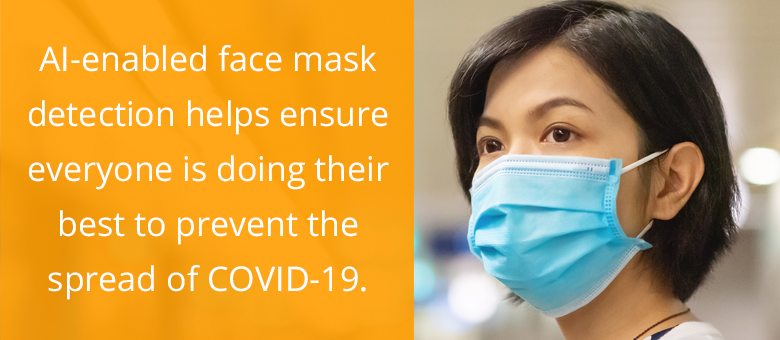
Healthcare workers have never been more essential — or more overwhelmed. A flood of new patients makes facility oversight a challenge. Securing the premises to allow only patients and essential workers takes time and energy away from critical care.
Even before the COVID‑19 pandemic, healthcare system administrators recognized the need for more layered security and more connected team communications. Consider this:
It’s time to reimagine what hospital safety technology can do. Motorola Solutions’ Safe Hospitals integrated technology ecosystem unifies mission‑critical technologies to improve healthcare worker safety across the facility while improving day‑to‑day patient outcomes.
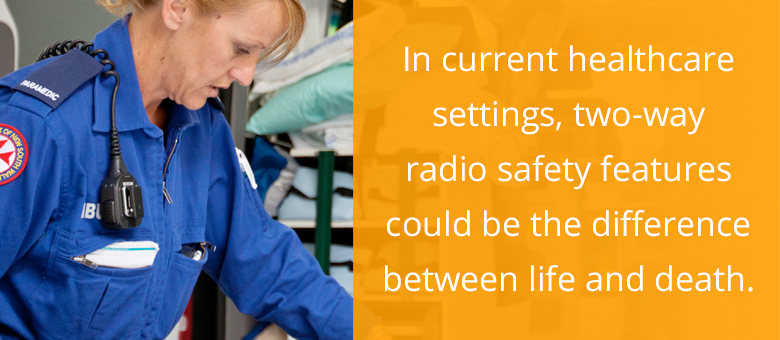
Even in a pandemic, supply chains can’t stop. Transit customers expect deliveries when and where they want them, and expectations continue to rise, with 2‑day, 1‑day, even same‑day shipping becoming the norm. Meeting demands requires instant, reliable communication from the warehouse to the point of delivery to help streamline operations, control costs, and exceed customer expectations.
As demands on your fleet continue to increase and safety measures such as mask‑wearing and social distancing are baked into drivers’ daily lives, there are essential worker technology solutions to ensure safety and efficiency from the warehouse to the point of delivery.
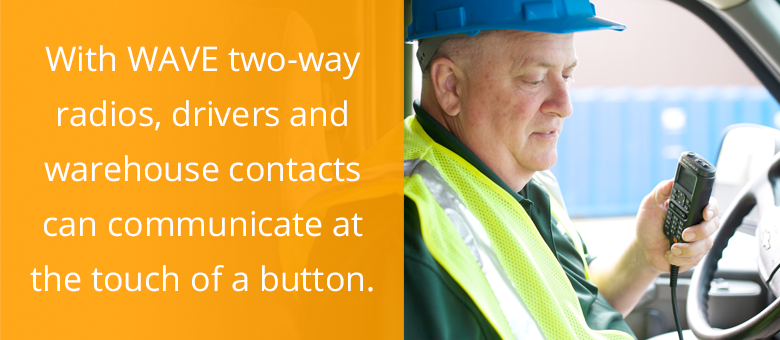
According to recent research at Stanford University, a staggering 42% of U.S. workers accomplished all their work remotely in the summer of 2020. Unfortunately, the swift pivot made work difficult for many employees who were not equipped with adequate technology at home.
Organizations with remote teams have a unique set of challenges:
Fortunately, there are solutions to your remote work challenges.
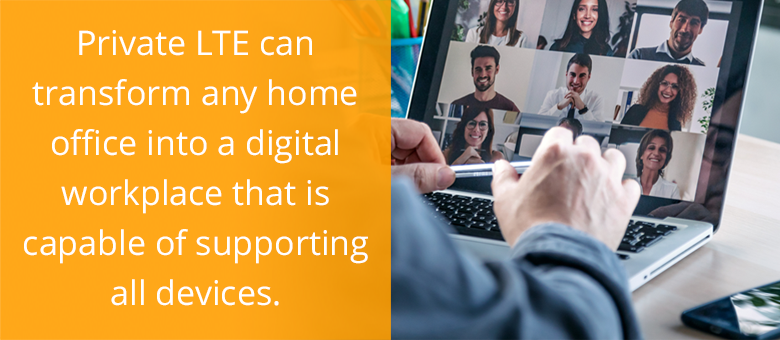
From dispatch centers to law enforcement facilities, the public safety arena is full of essential workers. The community relies on public safety officials to keep them secure and protected at all times whether there is a pandemic or not.
But public safety essential workers face many growing challenges. They must modify dispatch centers for social distancing and pivot quickly from remote work arrangements to on‑site emergency response. They must also deal with increasing aggression from a disenfranchised public and the risk of COVID‑19 contamination from contact with community members.
The following suggested technology resources can keep public safety workers effective and protected in this rapidly changing environment.
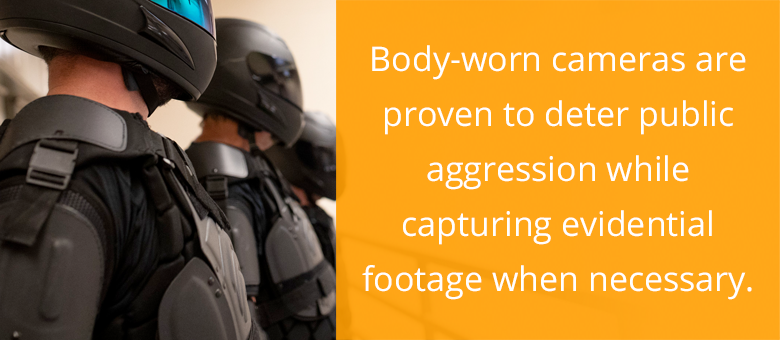
Safety and security needs are evolving quickly during the COVID‑19 pandemic. Equipping your staff with secure communications equipment allows them to carry out their jobs safely and efficiently. With the right tools and support for your essential workers, you can still find success without compromising safety or security.
Whether you manage a manufacturing plant, hospital, school campus, or other facility, you don’t have to go it alone. Partnering with a communications expert and service provider ensures that your essential workers get the tools and support they need to succeed today and tomorrow.
Watch the short videos below to learn about some of the specific technology solutions you can use to ensure safety and efficiency for essential workers:
